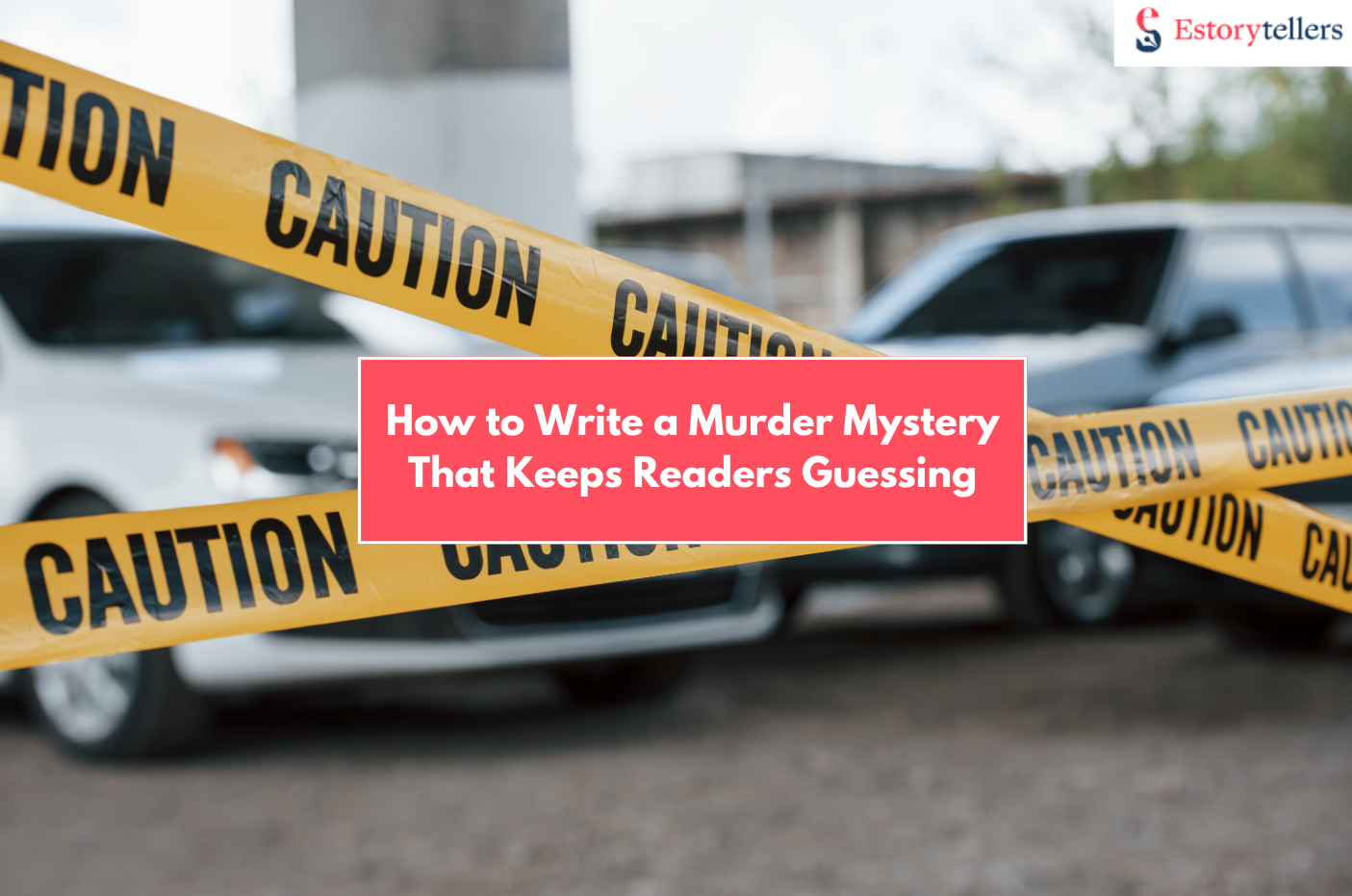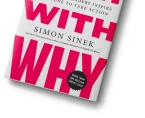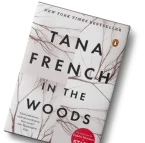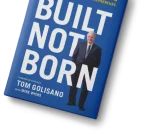
From Agatha Christie’s England to modern Indian thrillers like The Girl in Room 105, murder mysteries captivate because they invite readers to solve puzzles wrapped in suspense and psychology. If you’ve ever wondered how to write a murder mystery, this is your complete, detailed guide. At Estorytellers, we’ve ghostwritten bestselling mystery novels, cozy whodunnits, and even immersive murder mystery dinner party scripts. We’ll walk you through how to write mystery stories—step-by-step—with real-life techniques, storytelling templates, and expert advice.
Understanding the Core of a Murder Mystery
What Makes a Murder Mystery Work
At the heart of every good mystery lies:
- A shocking crime—usually a murder.
- A cast of potential suspects—each with secrets.
- A detective—amateur or professional—committed to solving it.
- A trail of clues—some helpful, some misleading.
- A final reveal that surprises but feels earned.
A successful murder mystery is a game of truth and lies, and your reader is the player. Let’s break it down.
Want to Write a Killer Mystery?
We help you build suspenseful plots, strong detectives, and page-turning twists your readers will love.
Start Writing NowHow to Start a Murder Mystery Story That Hooks
How to Start a Murder Story Examples
- Cold Open: “The blood seeped through the cracks in the hardwood as she whispered her killer’s name…”
- In Media Res: “I didn’t expect a murder at the wedding, but the cake knife said otherwise.”
- Flashback: “Two days before they found his body, Ravi had threatened to disappear.”
At Estorytellers, we often advise starting with emotion: shock, fear, or suspense. The sooner you create tension, the faster your reader is invested.
How to Write a Murder Mystery: Step-by-Step Guide For 2025
Step 1: Start With the Murder
Ask yourself:
- Who was killed?
- Why were they targeted?
- Who benefits from their death?
- How was the murder committed?
Whether it’s a stabbing in a locked library or a poisoning at a royal banquet, this sets the entire tone. Build this moment around irony, symbolism, or poetic justice.
Step 2: Create a Detective Worth Following
Your detective is the reader’s lens. Are they:
- A brooding investigator with personal baggage?
- A nosy aunt with a taste for trouble?
- A teen hacker trying to uncover a friend’s killer?
Give them flaws. Give them fire. At Estorytellers, we help writers layer detectives with backstories that connect to the crime itself, making the hunt deeply personal.
Step 3: Build Your Cast of Suspects
Each suspect must:
- Have a motive
- Seem plausible as the killer
- Hold secrets (red herrings, misdirection)
- Be dramatically different in voice and personality
In our client ghostwriting projects at Estorytellers, we often create a “Suspect Sheet” where each character gets their own timeline, motive, and private agenda.
Step 4: Plant the Clues and Red Herrings
Clues should be:
- Subtle, not glaring.
- Tied to character behavior or physical objects.
- Placed early enough to feel fair when revealed.
Red Herrings:
- Distract the reader.
- Should seem legitimate on a first read.
- Must not feel like “cheating” upon reveal.
Have a Plot but No Time to Write?
Hire our expert mystery ghostwriters to turn your idea into a gripping, professionally written novel.
Hire a GhostwriterMurder Mystery Outline Template
Here’s a simple murder mystery outline template to structure your story:
- Murder: Victim dies mysteriously.
- Initial Shock: Police, press, or community response.
- Investigation Begins: Enter detective.
- Suspect Introduction: Each one gets a scene or chapter.
- False Leads & Discoveries: Twists, secrets emerge.
- Big Twist: Shocking clue or betrayal.
- Confrontation: Detective confronts the killer.
- Reveal: Flashbacks or final deductions.
- Resolution: Emotional payoff, loose ends tied.
Writing a Mystery Story Template for Beginners
For new writers or those experimenting with Kindle Vella, here’s a quick template to draft your first murder mystery:
- Setting: (e.g., a cruise ship in monsoon)
- Victim: (e.g., famous food critic)
- Detective: (e.g., broke sous chef with a criminal past)
- Suspects: List 3–5, each with motives.
- Clues/Red Herrings: 1–2 per suspect.
- Climax: Twist that flips the narrative.
- Final Scene: Emotional and logical closure.
Our team at Estorytellers often customizes these templates for clients based on genre preferences and reader demographics.
Struggling With Twists & Reveals?
Our story coaches help you plant clues, mislead readers, and land unforgettable plot twists with impact.
Fix My MysteryBonus: How to Write a Murder Mystery Dinner Party
Love interaction? Try writing a murder mystery dinner party game:
- Create 6–10 guest characters, each with a unique backstory.
- Write dialogue prompts and secrets for each guest.
- Include clue cards, a timeline, and a “reveal” script.
- Set the mystery in a time period (e.g., 1920s jazz club).
We’ve helped brands and families alike write immersive dinner party scripts—reach out to Estorytellers for full game design services.
How to Write a Mystery Novel: Long-Form Tips
Writing a novel-length mystery means balancing:
- Pacing: Each act must increase stakes.
- Character arcs: Even secondary characters evolve.
- Breadcrumb plotting: Every clue leads to the reveal, retroactively logical.
- Chapter hooks: End each chapter with a “what now?” question.
Many clients we serve at Estorytellers struggle with maintaining tension across 70,000+ words—we help outline and write mystery novels that retain suspense and satisfy readers.
Layering Suspense with Style
Don’t just focus on plot. Pay attention to:
- Tone: Use mood to hint danger.
- Foreshadowing: A weapon introduced in Act I must return in Act III.
- Symbolism: Connect your mystery to themes—revenge, justice, betrayal.
A client once asked us to write a mystery where each clue was linked to a tarot card. That symbolic device transformed the entire story’s meaning.
Need Help Building Your Lead Character?
We help you shape memorable detectives and villains that elevate your murder mystery to a new level.
Develop My CharactersEditing Your Murder Mystery
Once your first draft is complete:
- Reverse Outline: Check clue placement and logic.
- Beta Readers: Did they guess too early? Too late?
- Foreshadowing Pass: Seed critical clues.
- Sensitivity Read: Ensure portrayal of crime and victims is respectful.
Estorytellers offers complete editing and story improvement services, especially for first-time mystery authors.
Conclusion: How To Write a Murder Mystery That Grips
If you’re ready to dive into how to write a murder mystery, this guide should equip you with everything—plotting tools, templates, character insights, and story structure. Mystery writing isn’t just solving crimes—it’s about revealing truths and hiding them in plain sight.
At Estorytellers, we’ve helped hundreds of authors—from first-timers to seasoned writers—craft compelling mysteries that land publishing deals and dominate Amazon charts. From ghostwriting full mystery novels to editing your self-published draft, we’re your secret weapon behind the curtain.






























